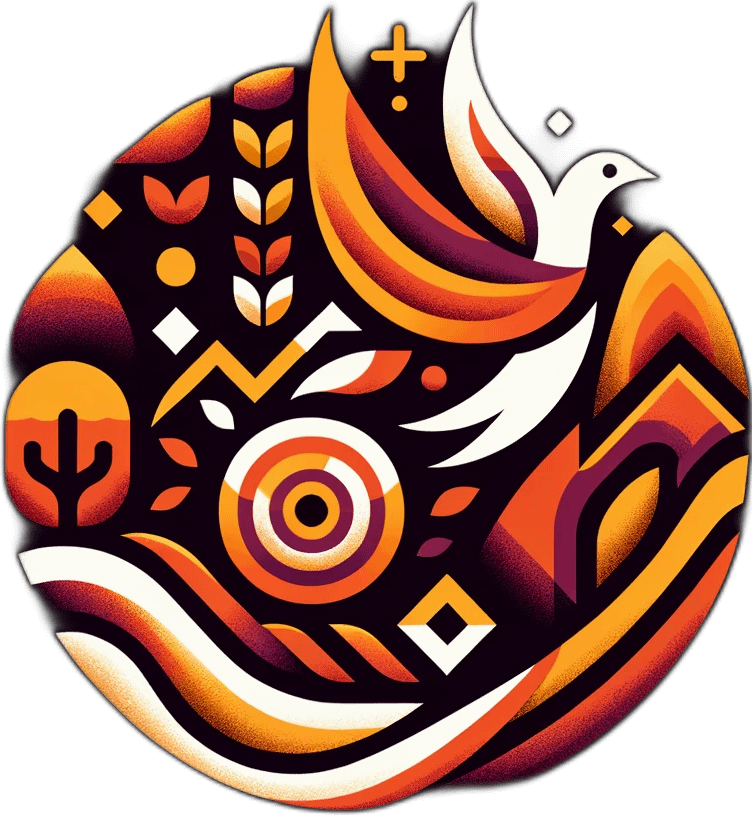The Perfect Fit: Lifesaving Medical Equipment Travels to the Battlefield
27 July 2024
Papun, Karen State, Burma
Young resistance soldier with critical injury to lower jaw.
While on mission, our Rangers use a lot of medical supplies to treat injured people. Sometimes they make do with whatever they can scrounge, often they have enough, sometimes they share resources with other organizations helping people, and very rarely do they have everything they could want or need. If a patient has a particularly brutal or unique injury the best Rangers can usually do is stabilize them and get them somewhere better supplied. That is what it means to fill the “gap” between the front and relief services and our patients are grateful someone is in that “gap.”
But recently Paul, a medical professional volunteering with FBR, was able to carry in a piece of lifesaving equipment that was in his words a “perfect fit.” Paul was part of an FBR team working in Papun, one of the most vicious ongoing battles raging in Burma. On July 24, at 0500 in the morning, our team heard the first explosions and rattles of automatic gunfire that indicated the start of a major firefight. Resistance forces led by the Karen National Liberation Army (KNLA) were attempting to drive the Burma Army out of their final few fortified camps in Papun. If the city would be free those camps had to fall. During the fight, resistance forces suffered multiple casualties, including one young man who had part of his lower jaw blown off by a gunshot.
Our medics jumped into action, cleaning and clearing the wound and prepping the wounded man for transport. He was put in the back of our truck and rushed to a Casualty Collection Point (CCP) set up away from the fighting. The CCP was run by one of the organizations we are proud to partner with, Earth Mission (EM). Paul was stationed at the CCP to help EM however he could. That day he would see 92 patients come through the impromptu field hospital.
Ranger medic treating patient near the fighting.
When the young man was brought in by our Rangers to the CCP, Paul stopped to pray with the patient. Despite the young man’s traumatic injury he was still awake and aware of his condition. He seemed to realize how dangerous his injury was and there was fear in his eyes. Paul prayed that God’s peace that passes all understanding would come over the patient, that he would receive the best medical care possible, and heal quickly. Paul said he could feel the patient calm slightly.
The EM doctors assessed him and found that there was massive swelling and bleeding in his throat; if something wasn’t done, he could drown in his own blood. The doctors decided to administer a tracheostomy (trach). It is a procedure where a specially designed tube is inserted into the airway from outside the neck, bypassing the damage to the natural air tube that is the trachea and creating a new, temporary airway. The procedure is high risk, usually completed in a controlled environment, and failure often leads to patient death. The EM staff had created the most stable environment that they could, given the emergency situation, but the risk would be heightened.
As the EM workers prepared for the trach procedure, they discovered a heartbreaking development. The trach tubes they had on hand were either too big or too small for the patient’s airway. Without the trach they couldn’t do the operation at the CCP and the closest location they could send the young man to would be hours away. He might not have that kind of time. As the EM and FBR workers tried to think of a solution, Paul remembered: he had been given a trach by FBR right before he left on mission. Quickly, he dug it out of his aid bag and gave it to the doctors: it was a perfect fit.
The EM doctors successfully completed the difficult procedure with no complications. As the trach went into place and the patient began to breath steadily, Paul felt gratitude at the journey that had brought them to this life-saving moment. The trach was built, purchased by donated funds, supplied to Paul by FBR staff, carried over 250 miles, surviving heavy rain, long hikes, and even a vehicular accident. Paul says he felt Jesus was showing him that, just like the trach’s path, He will get us where He wants us to go; we can walk in confidence that no matter what happens to us in life, the Lord has a plan, knows what we need, and He will get us where we need to go as we say “yes” to him. Paul referenced Philippians 1:6, which says, “being confident of this, that He who began a good work in you will carry it onto completion until the day of Christ Jesus our Lord.”
The young man survived and was transported to a better equipped hospital to receive further care. According to our most recent report from him, he is recovering well and still has the same trach in helping him breath. Please pray for him, as Paul did, that he will have a peace that goes beyond understanding and that he will know Jesus has a plan for his life.
Prepping patient for transport to hospital.
Thank you and God bless you,
The Free Burma Rangers

